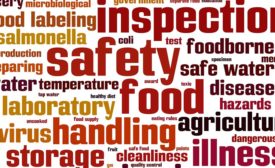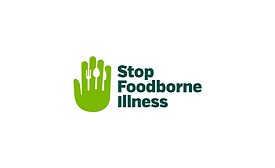Home » foodborne illness
Articles Tagged with ''foodborne illness''
Outbreak Investigations of Cyclospora cayetanensis Infections 2013–2020: Progress Made and Challenges Remaining
Recurring outbreaks of cyclosporiasis underscore the need for a comprehensive understanding of how Cyclospora cayetanensis contaminates water and produce
Stelios Viazis Ph.D.
Fazila Shakir M.H.S.
Anne Straily D.V.M.
Adrienne Goodrich-Doctor Ph.D.
Jeffery L. Sumter Dr.P.H.
Socrates Trujillo Ph.D.
April 20, 2022
How WGS Continues to Change Food Safety
Whole genome sequencing is helping identify the root cause of more foodborne illness outbreaks
February 16, 2022
Food Safety Lessons from the Field
A mysterious outbreak of sleeping sickness
May 25, 2021
Never miss the latest news and trends driving the food safety industry
eNewsletter | Website | eMagazine
JOIN TODAY!Copyright ©2025. All Rights Reserved BNP Media.
Design, CMS, Hosting & Web Development :: ePublishing











